Increased Focus on Safety Standards
An increased focus on safety standards in construction is a crucial driver for the prestressed steel-wire-strands market. Regulatory bodies are continuously updating safety codes and standards to ensure the structural integrity of buildings and infrastructure. Prestressed steel-wire strands play a vital role in meeting these stringent safety requirements, as they enhance the load-bearing capacity and durability of concrete structures. The emphasis on safety is particularly pronounced in high-risk areas, such as seismic zones, where the performance of materials is critical. As construction firms strive to comply with these regulations, the demand for prestressed steel-wire strands is expected to rise, reflecting a commitment to safety and quality in the industry.
Growth in the Precast Concrete Sector
The growth of the precast concrete sector is another vital driver for the prestressed steel-wire-strands market. Precast concrete components, which are manufactured off-site and assembled on-site, are increasingly favored for their efficiency and quality control. Prestressed steel-wire strands are integral to the production of these components, providing the necessary strength and stability. The precast concrete market in the US is anticipated to expand at a CAGR of around 6% in the coming years, driven by rising demand in commercial and residential construction. This growth suggests a corresponding increase in the utilization of prestressed steel-wire strands, as they are essential for enhancing the performance of precast elements.
Government Investment in Infrastructure
Government investment in infrastructure development is a significant driver for the prestressed steel-wire-strands market. With initiatives aimed at upgrading aging infrastructure and expanding transportation networks, substantial funding is being allocated to construction projects across the US. The Biden administration's infrastructure plan, which proposes an investment of $1.2 trillion, is expected to enhance the demand for prestressed steel-wire strands. These materials are crucial for reinforcing concrete structures, thereby ensuring their durability and resilience. As public and private sectors collaborate on various projects, the market for prestressed steel-wire strands is likely to experience considerable growth, driven by the need for reliable and high-performance materials.
Rising Demand for High-Strength Materials
The increasing demand for high-strength materials in construction is a pivotal driver for the prestressed steel-wire-strands market. As infrastructure projects become more ambitious, the need for materials that can withstand greater loads and stresses is paramount. Prestressed steel-wire strands offer superior tensile strength, making them ideal for bridges, high-rise buildings, and other critical structures. According to recent data, the construction sector in the US is projected to grow at a CAGR of approximately 5% over the next few years, further fueling the demand for these specialized materials. This trend indicates a robust market for prestressed steel-wire strands, as they are essential for ensuring the safety and longevity of modern infrastructure.
Technological Innovations in Manufacturing
Technological innovations in the manufacturing processes of prestressed steel-wire strands are likely to enhance market dynamics. Advances in production techniques, such as improved wire drawing and heat treatment processes, contribute to the development of strands with superior properties. These innovations not only increase the efficiency of production but also reduce costs, making prestressed steel-wire strands more accessible to a broader range of construction projects. As manufacturers adopt cutting-edge technologies, the quality and performance of these materials are expected to improve, thereby driving their adoption in various applications. This trend indicates a positive outlook for the prestressed steel-wire-strands market, as enhanced products meet the evolving needs of the construction industry.


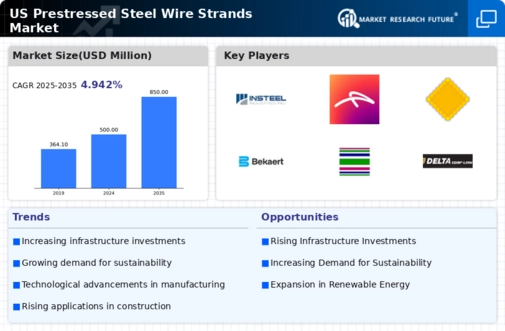

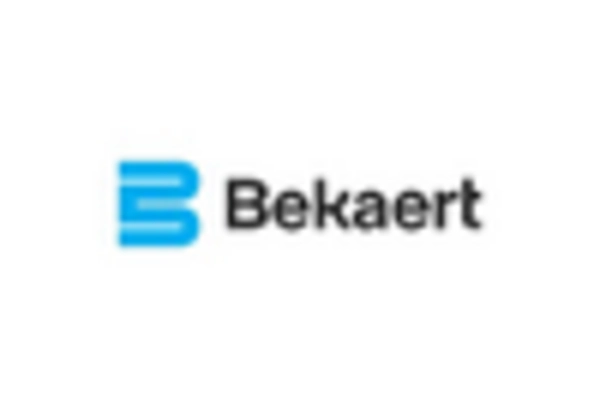

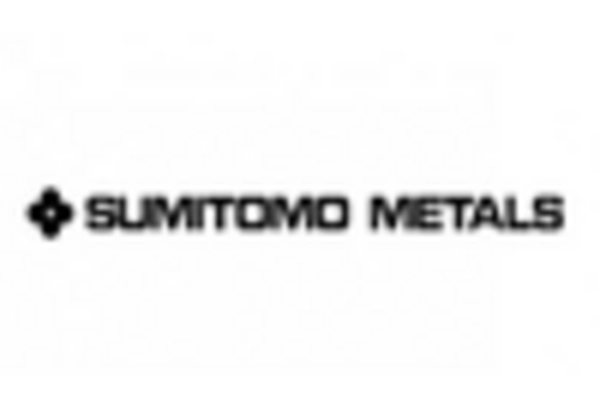
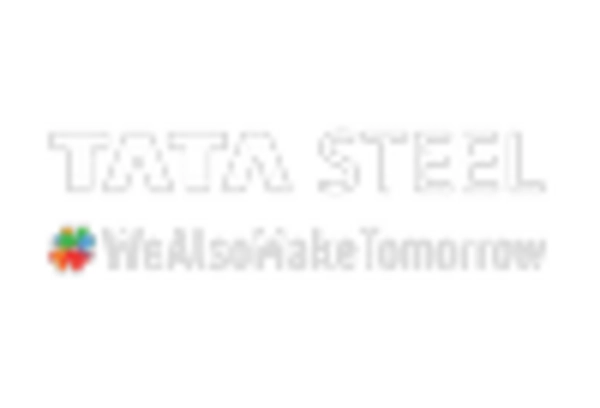
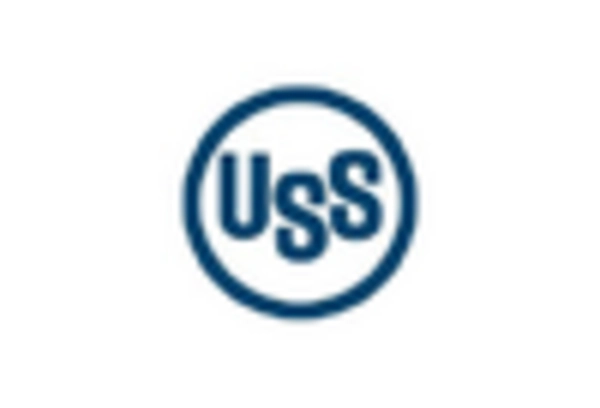








Leave a Comment